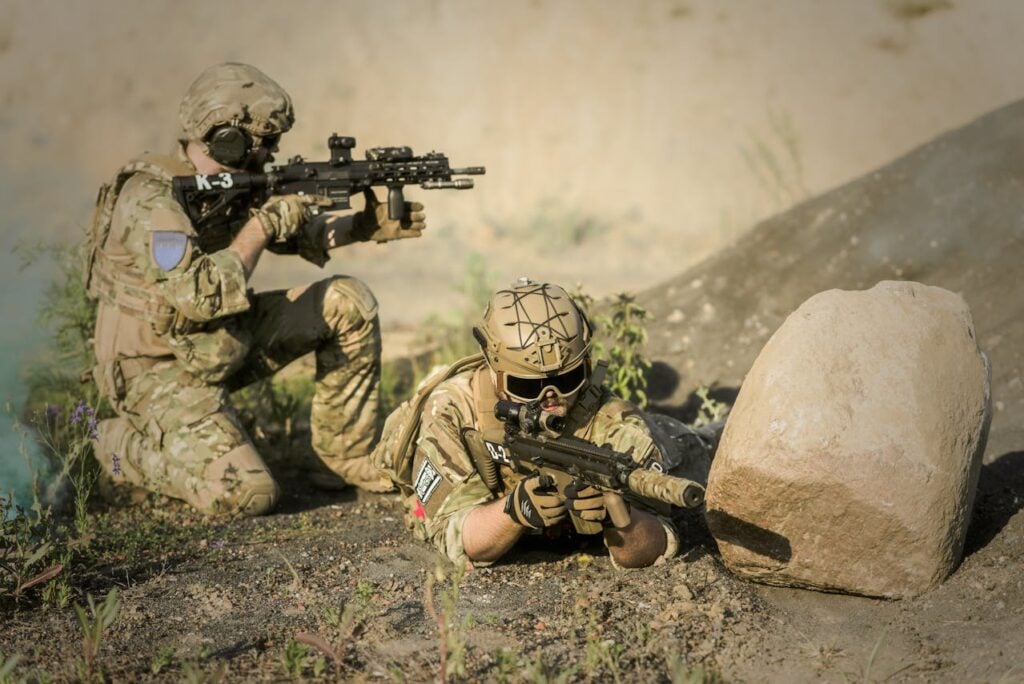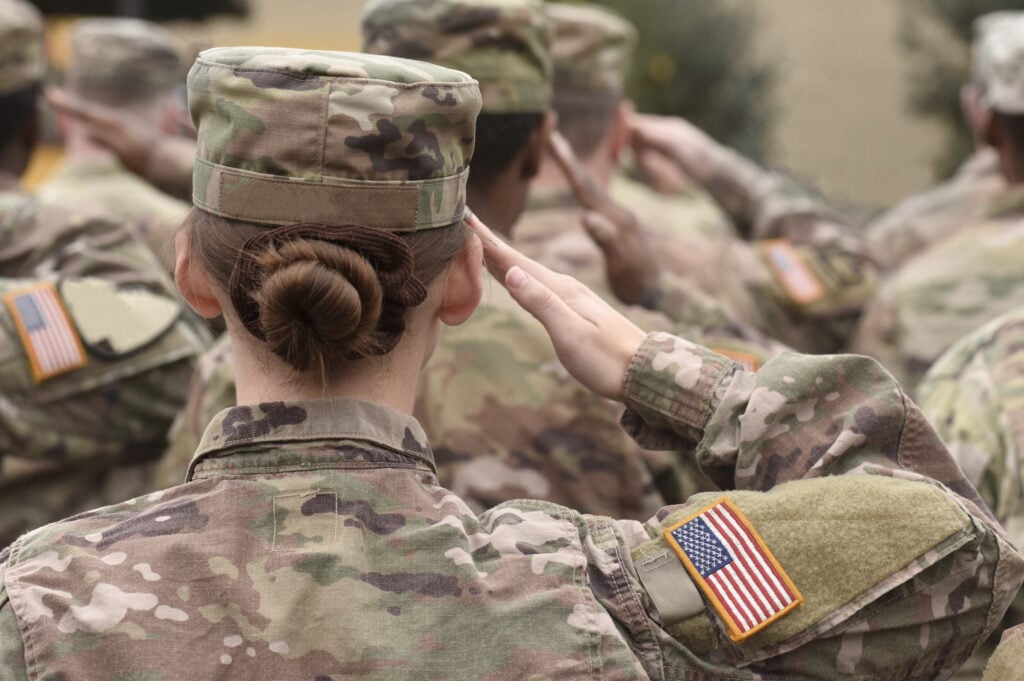The twisted medical legacy that quietly shaped veteran care.

There’s a strange, little-known history hiding behind the term “combat cocktail.” What sounds like a tough-guy drink order is actually the name given to powerful drug combinations routinely prescribed to war veterans dealing with trauma, anxiety, and sleep disorders. These weren’t carefully curated solutions—they were desperate, often reckless attempts to quiet pain quickly.
Across decades, doctors leaned on chemical sedation to solve psychological wounds. But these regimens sometimes caused more harm than healing, leaving generations of soldiers medicated into silence.
1. The original “combat cocktails” were born out of medical panic.

After World War II, the sheer number of veterans struggling with psychological issues overwhelmed the U.S. medical system. Doctors at the time lacked both tools and understanding, so they defaulted to quick chemical fixes. Barbiturates for sleep, amphetamines for depression, and antipsychotics for agitation were blended into what became the earliest forms of “combat cocktails.”
These drug mixes weren’t designed with long-term recovery in mind. Instead, the goal was immediate symptom suppression so soldiers could be discharged, reintegrated, or institutionalized with minimal disruption, as shared in Space Battles. Over time, these approaches set a dangerous precedent, turning temporary solutions into long-term crutches. Veterans were often left navigating dependency, side effects, and an ever-evolving cocktail of pills that did little to truly address the wounds of war.
2. Vietnam-era cocktails added tranquilizers to the mix.

By the time soldiers returned from Vietnam, the medical community had broadened its pharmaceutical playbook. Tranquilizers like Valium and Librium became common additions to the mix, paired with old standbys like Thorazine and sleeping pills, The Wall Street Journal reported. These combinations were casually prescribed for what we now understand as PTSD, which wasn’t even formally recognized until 1980.
Veterans reported feeling numb, disoriented, and emotionally flat—states that many mistook for healing. The real cost, however, showed up years later in the form of addiction, suicide, and disconnection from civilian life. The approach masked trauma instead of treating it, and many vets quietly deteriorated under layers of sedatives meant to keep them “calm and manageable,” not well.
3. Doctors often prescribed multiple medications with no coordination.

One of the most troubling aspects of these combat cocktails was how casually they were prescribed. Multiple physicians might treat a single veteran without ever sharing notes. As a result, overlapping medications were given, sometimes with conflicting purposes. An upper in the morning, a downer at night, and antipsychotics thrown in as a catch-all for anxiety or hallucinations.
No one really tracked the long-term effects of mixing these drugs. The focus was short-term stability, not safety or holistic care. For many veterans, this scattershot approach led to dangerous side effects, chemical dependence, or even overdoses, as mentioned at Yahoo! Finance. The system essentially gambled with lives, hoping that throwing enough pills at pain would make it go away.
4. The military used medication to speed up redeployment.

In some cases, combat cocktails weren’t just about post-war recovery—they were also used to get soldiers back into the field faster. If a soldier showed signs of anxiety, insomnia, or aggression, they were given drugs to “normalize” behavior quickly. The priority was military readiness, not mental wellness.
Some were medicated during active duty, creating dangerous situations where impaired judgment or dulled emotions could put entire units at risk. After deployment, those same soldiers often returned home still medicated, without context or support. What started as battlefield efficiency left lasting psychological fallout that veterans had to untangle on their own.
5. PTSD diagnoses came too late for many medicated veterans.

The formal recognition of PTSD didn’t happen until the 1980s. For decades before that, veterans were labeled as anxious, unstable, or depressive, without the trauma-informed lens we now consider essential. Treatments reflected that gap. Drugs were prescribed to correct symptoms, not process experiences.
By the time PTSD became a household term, countless veterans had already been overmedicated, misdiagnosed, or written off as hopeless cases. Their combat cocktails were never revised. Many had already built their lives around the pills—unable to sleep, function, or interact without them. A generation was lost in the pharmacological void between war and understanding.
6. Addiction was often ignored or misdiagnosed as insubordination.

When veterans began exhibiting addictive behaviors—hoarding pills, doctor shopping, or showing withdrawal symptoms—they were frequently dismissed as problem patients. The very medications prescribed to help them had created new dependencies, but this reality was rarely acknowledged by the system.
Instead of treatment, many veterans faced punitive consequences. They were denied further care, labeled as difficult, or shuffled between departments. The connection between the combat cocktails and addiction was largely ignored. The irony was cruel: drugs meant to bring peace ended up compounding suffering, and the blame fell on the veterans themselves.
7. Black veterans were overmedicated at even higher rates.

Throughout the history of veteran care, racial bias played a damaging role in prescription patterns. Black veterans were disproportionately diagnosed with severe psychiatric conditions and were more likely to receive higher doses of sedatives and antipsychotics. Their emotional distress was often interpreted as aggression or instability, leading to heavier medication loads.
Rather than receiving therapy or support, many were subdued with powerful drugs and labeled as chronically ill. These biased treatment paths meant that Black veterans often suffered more severe side effects, higher rates of institutionalization, and fewer chances at meaningful recovery. The cocktail wasn’t just harmful—it was also deeply unequal.
8. The VA became a hub for pharmaceutical experimentation.

The Veterans Administration (VA) became an unofficial testing ground for psychiatric drugs throughout the 20th century. With millions of patients suffering from complex trauma, the VA offered pharmaceutical companies and medical researchers a large, captive population for drug trials and off-label prescriptions.
Some medications given to veterans hadn’t been fully vetted or approved. Others were prescribed in combinations never studied together. Veterans were rarely informed about the experimental nature of their treatment. What was framed as medical care was sometimes thinly veiled experimentation, with veterans bearing the brunt of unknown risks and long-term consequences.
9. Some veterans used cocktails to self-manage after being denied help.

When veterans felt abandoned by formal care systems, many turned to the black market or old prescription stockpiles to manage their symptoms. They learned, through trial and error, what combinations would numb nightmares, reduce panic, or allow a few hours of sleep. In effect, they became their own pharmacists—blending anxiety meds, sleeping pills, and antidepressants as a coping mechanism.
This form of self-medication was rarely safe, but it offered something the system hadn’t: control. For some, it was a desperate act of survival. For others, it deepened their isolation, making it even harder to seek help when things inevitably went wrong.
10. Advocacy efforts finally exposed the hidden cost of drugging trauma.

By the early 2000s, journalists, whistleblowers, and veteran advocacy groups began shining light on the systemic overmedication of soldiers. Lawsuits and investigative reports revealed the extent of pharmaceutical abuse in veteran care—exposing not only poor practices, but also deeply flawed assumptions about how to treat trauma.
Veterans began speaking out, recounting years of being handed pills instead of therapy or real support. These stories forced reforms, prompted new research into PTSD treatment, and demanded accountability from institutions that had failed for so long. The truth behind combat cocktails wasn’t just about bad medicine—it was about how quickly a nation can silence its wounded heroes.
